How Does the Wind Turbine Work? How to Generate Electricity from Wind Power?
- Home Page
- Blog
- Renewable Energy
- How Does the Wind Turbine Work? How to Generate Electricity from Wind Power?
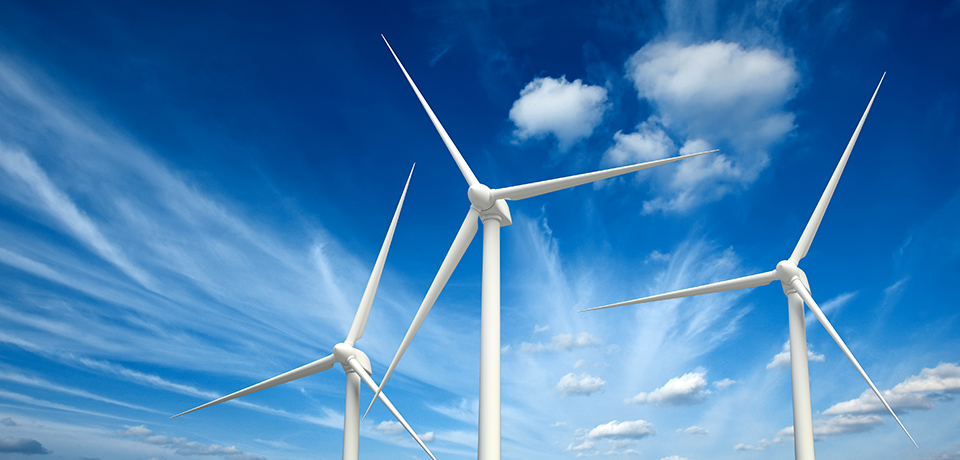
Electricity production with wind turbine is one of the areas of use of renewable energy sources. Sustainable energy production can be made by using wind power.
The wind turbine basically directs the mechanical energy (kinetic energy) obtained by the repulsive force of the wind to the generators and converts it into electrical energy. Wind energy, one of the most preferred renewable energy sources in the world, allows the production of electrical energy without releasing greenhouse gas into the atmosphere. These modern and electromechanical windmills are one of the easiest ways to convert the kinetic energy of the wind into electrical energy.
With the industrial revolution, the amount of energy needed increased exponentially. Today, even though fossil fuels are still used to supply the energy needed, the use of renewable energy sources is increasing day by day.
What is Wind Energy?
Wind energy is formed by the movements of air masses in the atmosphere as a result of heat differences. Heated air masses rise in the atmosphere. The opening space is filled with cold air mass. Movements caused by heat difference cause a continuous cycle. The part of solar energy in the range of 1-2% is converted into wind energy in the atmosphere. The sun's heating of the air masses ensures the continuity of the wind. There is no need for raw material for the production of wind energy. Since it does not cause any harm to the environment, carbon is considered neutral.
How to Generate Electricity from Wind Power?
The wind turbine simply works like a windmill. With the thrust of the wind, a propeller is rotated and mechanical energy is released. Electricity is generated with mechanical energy directed to the generators. Wind turbines consist of many components to increase efficiency. In general, a wind turbine consists of a tower, propeller and engine room section. The machine section consisting of generator, control units and shafts is located on the top of the tower. The mechanical energy received from the propeller is transferred to the machine section with the help of a shaft.
Wind turbines can produce large amounts of electricity, even if they have a simple operating logic. While the production capacity of the first wind turbines is in the range of 20-30 kW, modern turbines used today can produce electricity at MW level. Horizontal axis wind turbine types are generally preferred in electricity production. There are also vertical axis and oblique axis types of wind turbines. The average service life is around 25 years. The environment where the wind turbine is located, the weather conditions and the quality of the production material are the most important factors determining the service life.
When Is Electricity Generation Performed with Wind Turbines?
Electricity production with wind turbines is not a new method, contrary to what is thought. Humans have dominated mechanical energy for centuries using windmills. In 1887, Scottish Professor James Blyth built the first windmill, the ancestor of today's wind turbines, capable of generating electricity using wind energy. At the beginning of the 20th century, research in wind tunnels led to the development of wind turbines.
Denmark is one of the first countries to produce electricity with wind turbines. Denmark, which turned to alternative energy sources in the 1970s, started the production of the first modern wind turbines.
In 1919, physicist Albert Betz's research showed that, due to the laws of mass and energy conservation, up to 59.3% of the kinetic energy of the wind can be used in turbines. With modern turbine designs, the limit set by the Betz law can be increased to 70-80%.
How is Wind Energy Stored?
Wind energy and electricity generation may not always have the same efficiency. Changes in the intensity of the wind also affect the amount of production. In periods of high wind intensity, turbines are slowed down to prevent damage to the generator. In some periods, low wind intensity may not allow efficient electricity production. Storage methods should be used to balance the efficiency difference caused by wind intensity. Wind energy can be stored with some methods developed. The wind energy storage systems used today are as follows.
-
Airbags: The airbags, which are placed about half a kilometer below the water, store the wind energy collected during the day for use when the efficiency drops. The collected energy is directed to the energy turbines when necessary and electricity is generated.
-
Compressed air system: The air compressed in the tanks installed on the ground can be combined with natural gas and converted into electricity with gas combustion turbines when the efficiency drops.
-
Ocean renewable energy system: It is a system developed for wind turbines used in high seas. It consists of concrete spheres placed on the ocean floor. When the wind intensity is high, the water inside the sphere is drained. In periods when the yield decreases, electricity is generated with the energy obtained while the sphere is being refilled.
-
Hydrogen storage systems: The surplus of electricity obtained from wind energy is directed to systems that will decompose the hydrogen in the water. The resulting hydrogen is stored in tanks for later use. Electrical energy can be obtained by burning when needed.
-
Batteries and accumulators: The surplus electricity can be stored with battery and battery systems. Where necessary, it can be preferred for grid support or direct use.
What are the Advantages of Wind Energy?
-
The use of wind energy has environmental and economic advantages.
-
The costs of the new systems developed are also low.
-
Since it is formed by the effects of the atmosphere, a separate process is not required to obtain it.
-
Wherever wind is present, it can be used to generate electricity.
-
Since it is a renewable resource, its depletion is out of the question.
-
Electricity production with wind energy allows the production of clean energy without harming the nature. It helps reduce the carbon footprint.
-
Suitable for industrial and domestic use.
-
Maintenance and repair costs of wind turbines are low.
-
Installation and operation are simpler than other methods.
How to Generate Electricity with Home Wind Energy?
With the regulations issued in Turkey, electricity production up to 1 MW can be made without license by using renewable resources. If the necessary conditions are met, permission can also be obtained for production up to 5 MW. Businesses and home users can meet their electricity needs by installing their own wind energy systems. It can be used alone where the wind is strong enough. Hybrid systems can also be made by supporting with solar energy systems. The power generated in domestic wind energy systems is sufficient for the general needs of a house. In order to ensure efficient electricity generation with wind energy at home, it is recommended to install the system in areas where the wind speed is 10 m/s. Storage can be done with the battery systems to be used. When needed, the energy stored in the batteries can be used by providing it to the system.
As a Abstract
Wind energy is increasingly becoming one of the most preferred methods for electricity generation among renewable energy sources. Given the environmental impact of dwindling fossil energy sources, many countries' future plans include wind power and electricity generation projects. The increase in companies using wind energy and wind turbines for electricity generation is one of the predictions in this regard. Production will also increase depending on the demand. Electricity consumers can reduce their carbon footprint directly and indirectly by choosing electricity produced from renewable sources.
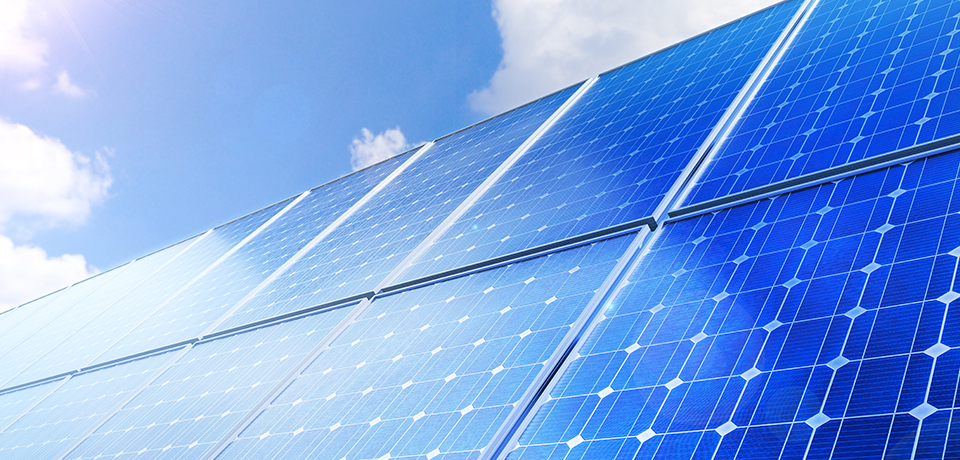 Insolation Time and Solar Energy Efficiency
Insolation Time and Solar Energy Efficiency 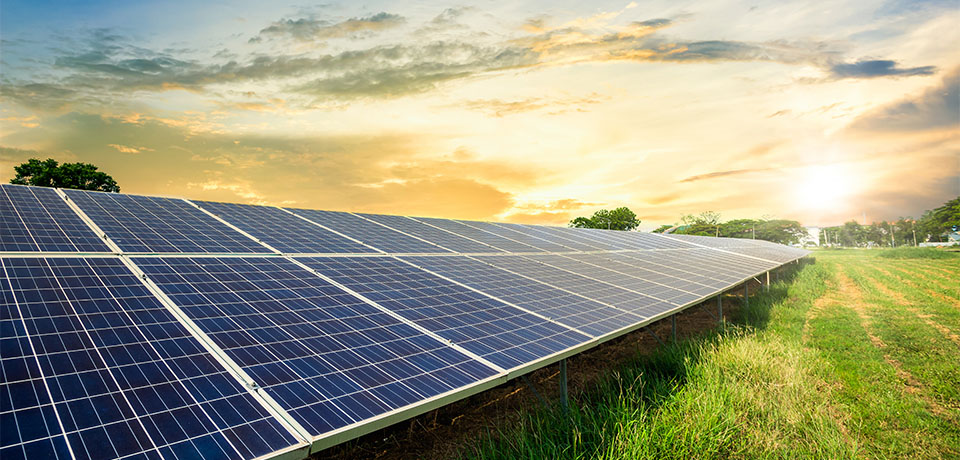 What is Solar Energy? How is Electricity Generated From Solar Energy?
What is Solar Energy? How is Electricity Generated From Solar Energy? 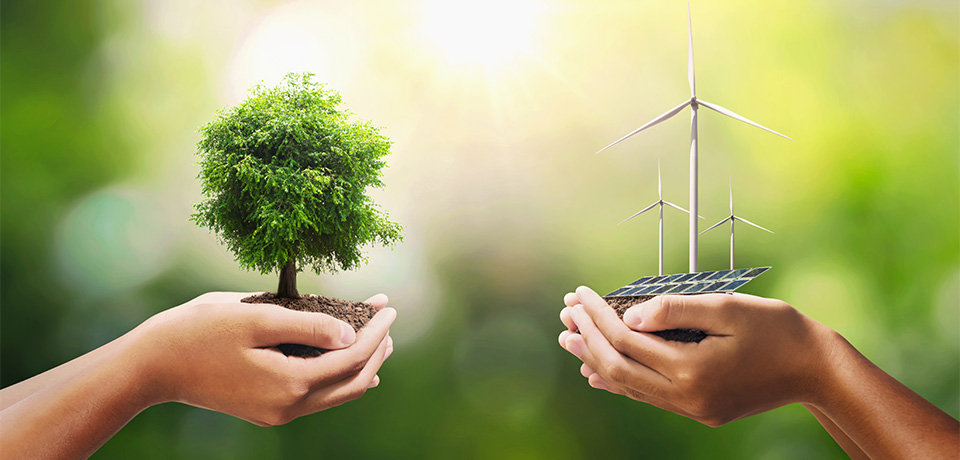 Renewable Energy Sources - Advantages of Renewable Energy Generation and Use
Renewable Energy Sources - Advantages of Renewable Energy Generation and Use 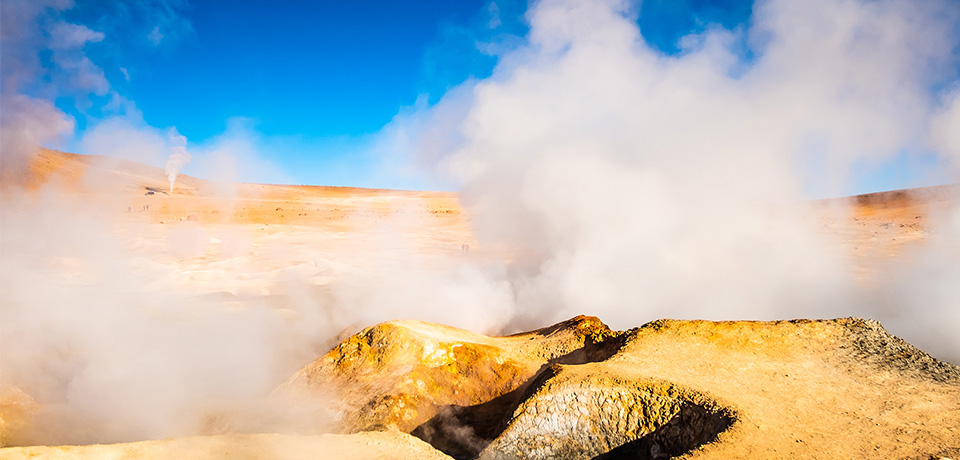 Geothermal Energy Potential of Turkey and its Sustainability
Geothermal Energy Potential of Turkey and its Sustainability